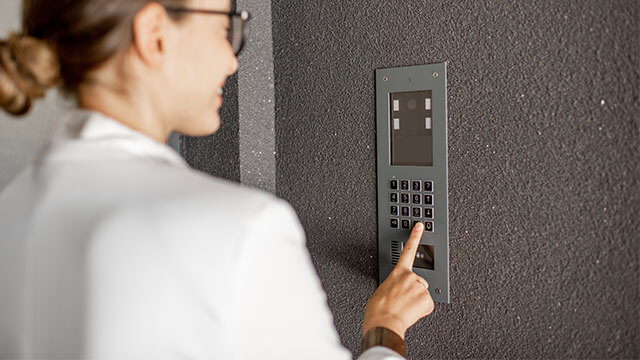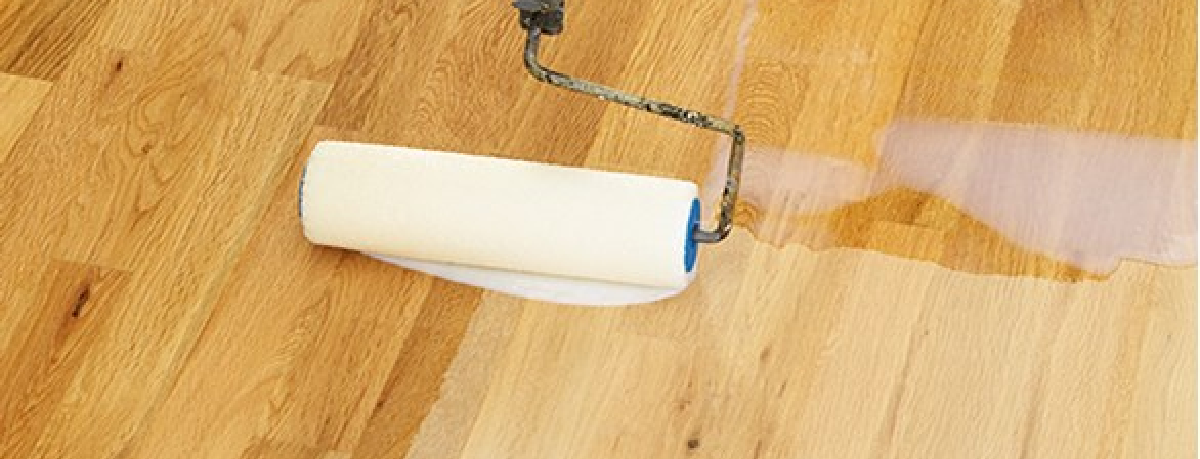Selling Fences: How to Estimate Prices?

When it comes to installing fences, you expect to get the most value. Several factors affect the price of a fence and this can include material, fence length and height, and style among others. So, how do these factors affect the fence’s price? Find out the answers here.
Fence Material
The material you choose for your fence has a big impact on its price. Here are the most commonly used materials for fences:
Wood Fences
Wood fences are valued for their natural and classic appearance and they can enhance different home styles. These fences are available in different styles. The main factors that affect their price include:
- Wood Type: Redwood and cedar are more durable and do not require much maintenance, making them more expensive.
- Style: Your fence’s design elements, such as the number of posts, pickets, and rails, can affect its price.
- Treatment: If you want a treated wooden fence, it can cost more because you will be getting better durability.
- Finish: Wood fences can be stained or painted and these finishes can also affect their prices.
Chain Link Fences
Chain link fence prices are also affected by similar factors. These include:
- Height & Length: Higher and longer chain link fences cost more.
- Gauge or Thickness: The thickness affects the fence’s cost because it is correlated to the material’s cost.
- Diamond Size: This refers to the size of the opening between each chain link. A smaller diamond size increases fence price, as it makes the fence more secure.
- Finish: Galvanized chain link fences cost more because they offer better resistance to the elements. Painting or powder coating can also influence the price.
Vinyl Fences
Vinyl fences are widely popular for their versatile color options, durability, and low maintenance requirements. Key factors affecting their prices include:
- Thickness: As the durability of vinyl fences increases with their thickness, so does their cost.
- Color: Some vinyl fence colors are costlier due to the manufacturing processes involved.
- Style: More complex designs, such as those having more rails and pickets, can cost more.
Fence Size
Your fence’s size and length also have a direct correlation with price. A larger fence will require more material and labor input. The main factors at play here include:
- Property Size: If you have a larger property, you will need a longer fence and this can cost you more. The key factors here include acreage and shape. Many times, not the entire property needs a fence. So, the desired perimeter is also an important factor.
- Fence Height: Since taller fences require more material and labor to build, they tend to cost more. The factors that affect a fence’s height include local regulations, security preferences, and privacy requirements. The terrain and existing structures can also affect the height of a fence.
Fence Style & Design
If you need more elaborate fence designs, you should expect to spend more compared to simpler fences. Some of the common fence styles include:
- Picket Fences: These are traditional fence styles, providing a more classic and cleaner look.
- Privacy Fences: As the name suggests, these fences are meant to provide greater privacy. Their cost depends on their height, material, and length.
- Ornamental Fences: These fences can be made of different materials, including aluminum, wrought iron, or vinyl. Ornamental fences tend to cost more and depend more on the design and material.
If you are planning to create an Oasis Urbaine on your property, you can expect to spend more on the elements, including the fence. Color and decorative elements can have a significant impact on the fence price. When determining the right fence style, it is recommended to consider your property’s aesthetics as well as your preferences.





